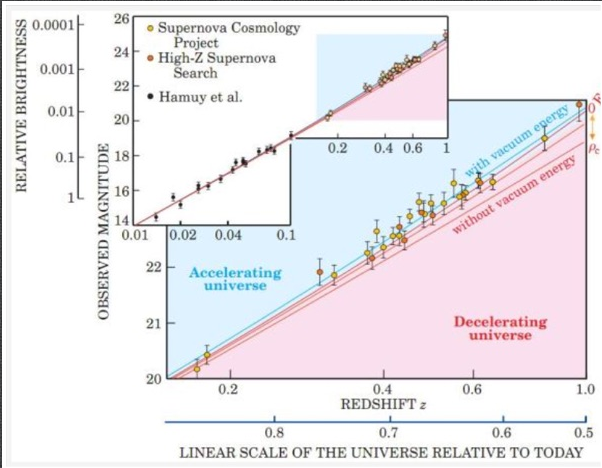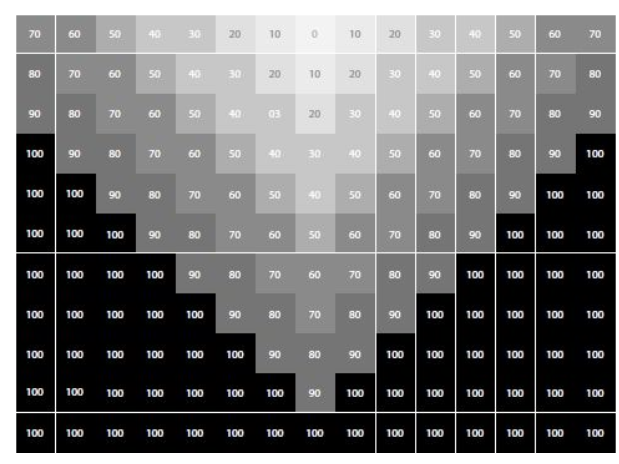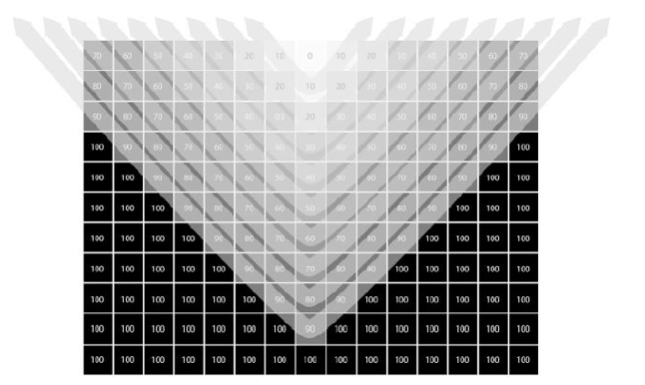
What is the Universe expanding into?
The universe started with the Big Bang about 13.77 Billion Years ago and has been expanding ever since. We can use telescopes such as Hubble to see the oldest galaxies near to the edge of the universe, some 13.25 light years away, and we can calculate that there are about 170 billion other galaxies occupy the observable universe. All of these Galaxies are moving away from us, which we know because the light from them appears red (aka red shift) and the faster they are moving away the more red they appear. The Andromeda Galaxy, (pictured), is the only exception since its is falling towards our galaxy, and will collide with us in approximately 4 billion years.
Usually it is very difficult to work out how far away these galaxies are, they appear as lights in the sky, so we cannot accurately tell if it is a bright light that is further away or a dim light which is closer. Occasionally we are able to work out how far away a galaxy is if a light of known brightness is switched on. A type 1a supernova is such a light, these occur as mass falls onto a white dwarf star, when the star reaches a critical mass it will violently explode in a supernova.
Since this happens when the star reaches a fixed mass they always release the same amount of energy and therefore have the same brightness. So by measuring how bright it appears to be from Earth we can quite accurately calculate how far away it is. Then by measuring the red shift from that galaxy we can work out how quickly the galaxy is moving away from us. Hence we can see that Galaxies that are further away are moving away faster.
Another interesting thing which is appears from the graph is that the universe is still accelerating in its expansion. This means there is a very small amount of vacuum energy which is pushing the galaxies apart, and overriding the attraction due to gravity. So the universe is expanding and that expansion is accelerating.

S. Perlmutter et al. (Supernova Cosmology Project), Astrophys. J. 483, 565 (1997).
So what is it expanding into?
If the universe were finite then the question could be meaningless because space would only exists within the universe so there is no outside. In this case asking where the edge of the universe is like asking where the edge of the Earth is. If you travel in one direction on the Earth you will go round in a circle and end up back where you started, a finite universe would be analogous to this. If you spent enough time going in one direction in a spaceship you would go in a loop and end up back where you started. This means you could never reach the edge, effectively there is no edge and by extension there is no outside.
Even if the universe is not curved it on itself and it does have an edge, it could still be permanently beyond our reach, or detection. The further away we look in the universe the faster things are moving away from us, this means if you go far enough there is a point that is moving away from us at the speed of light, (c). Since general relativity states that no information can travel through space faster than c, this means everything beyond that point is permanently beyond or reach, we couldn’t get there or even detect what’s going on there unless we break general relativity and perfect faster than light travel. Which still means no edge and no outside, at least as far as well can tell, and if there was an outside we’d have no idea what it is.

Both these examples assume the universe is finite, but current evidence suggests that the universe may be infinite, this also means there is no outside for the universe to be expanding into. If you are adding more to infinity then it cannot get bigger because its already infinite big. So the universe is not expanding into anything, since is already taking up an infinite amount of space, so there is no outside.
But an infinite universe could have an outside if it only appears infinite from inside, while being finite from the outside. At first this appears nonsense but I shall attempt to explain it. The universe is expanding and this means the density of the universe is decreasing. Hence a method for telling the age of the universe is to measure the density of the galaxies. Each row on the diagram below represents the density at one moment in time from the perspective of an outsider, while each column is its position across space. From the perspective of the outside observer the universe looks like an expanding bubble which has densities which are lower towards centre and higher towards the edge.
Now lets consider this from the perspective of an observers inside the universe. In order for observers time can travel at different speeds relative to each other, because of relativity. So way for different observers to agree on the time since the BigBang is to measure the density of the universe around them. The same moment in time at different locations in the universe could be agreed by the same density of the universe. Since the density is represented by different numbers in the diagram, if we draws lines connect the same numbers this represents the same time since the Big Bang. But these lines carry on to infinity, so the same time is spread across infinite space, the the universe appears infinite from the inside.

So what about the outside observer what are they in? This could be explained as Inflationary space, you can imagine this as swiss cheese (with holes). The multiverse is like Swiss cheese, the cheese is inflationary space and the holes are different universes. All inflationary space is expanding at an incredible rate, big bangs occur within it, which creates holes an they also expand, but then their expansion slows, just like our universe did after the big bang. This way we could have an infinite number of universes existing within an infinite inflationary space. This means within this infinite number of other universes, there will be an infinite number of other you’s reading this blog. For more information on Infinite universes I highly recommend Brian Greene’s Book The Hidden Reality: Parallel Universes and the Deep Laws of the Cosmos. So as a recap to the original question, What is the universe expanding into? This is could be meaningless since there isn’t an outside, if there is an outside we could never know what it’s like. But if we think in terms of universes which are finite from the outside but infinite on the inside, then the outside is inflationary space which is something like swiss cheese.
Dr Andrew Gibson BSc PGCE QTS MSc PhD
Mr Lander Bennewith MSc PGCE QTS
My availability rates and contact details.
Find out more about my background in physics and education.
After A-level and GSCE resources?
Check out our free worksheets.
Take a look at how online tutoring works and other FAQs.
Contact:
Andrew +447740 366007
Lander +447449 690051
Copyright © 2025 Andrew Gibson. All Rights Reserved.
Address: 42 Gunthorpe Road, NG4 4JF